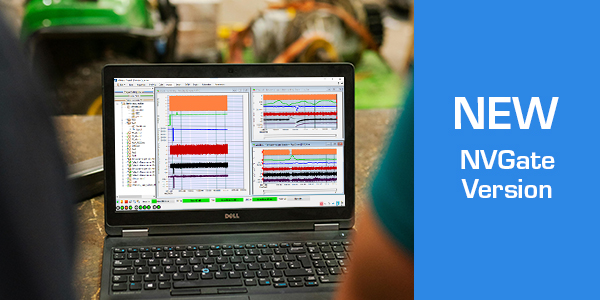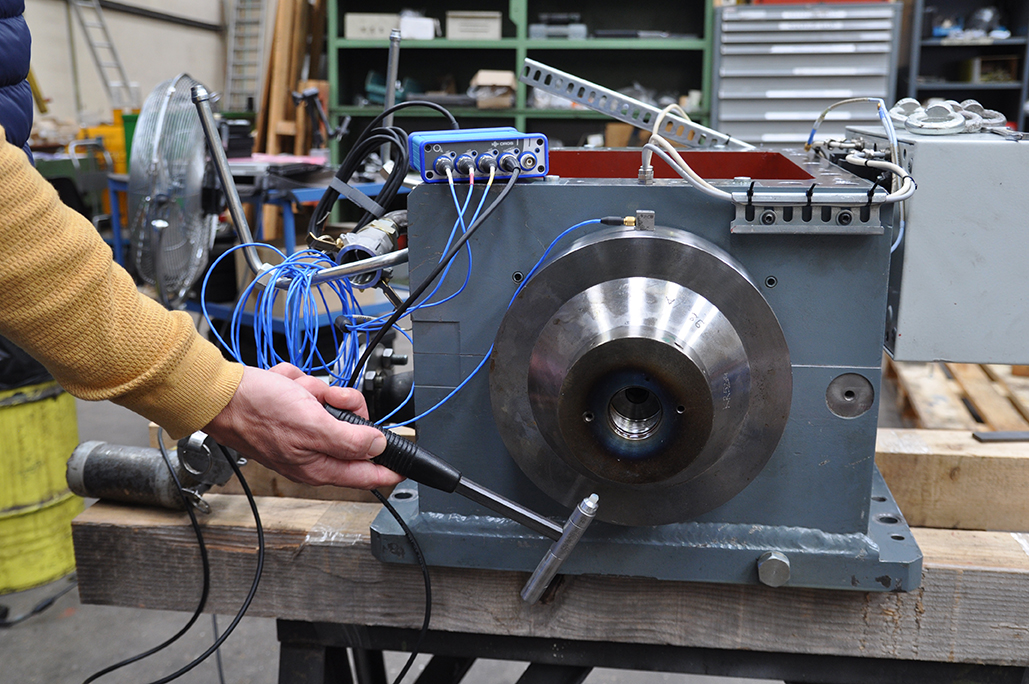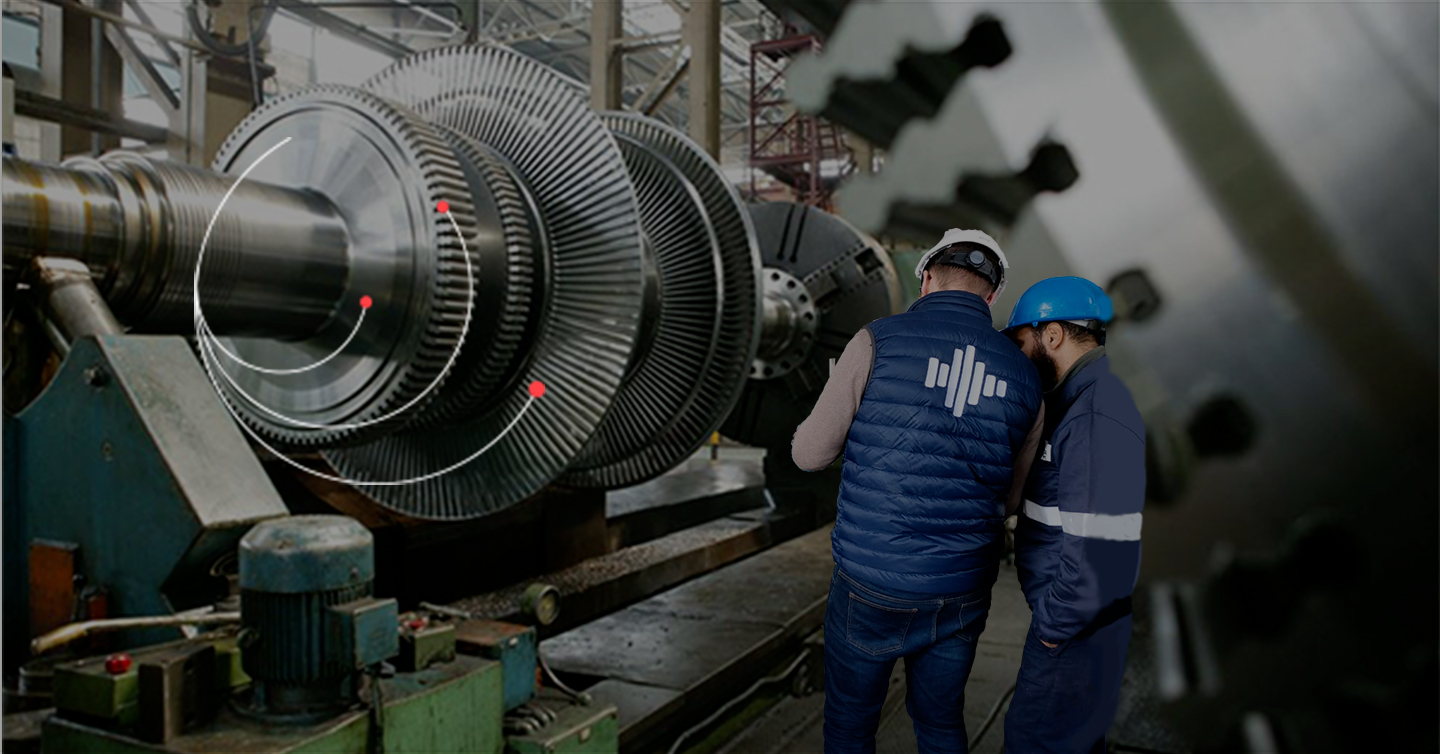Rotor balancing is a key application whenever it comes to extending machinery performance and reducing its vibrations. Discover in this webinar which criteria play an important role in characterizing and correcting the vibrations due to an unbalance: from 1X data acquisition to correction all the way to reporting. A practical case will be demonstrated based on the new balancing solution version : Balancing 2022. Take this opportunity to discover the brand new interface!
REPLAY
This webinar is past. It is available as a replay. Please contact us to get it. webinar@oros.com
Why balancing your machine rotor?
Rotating imbalance is the uneven distribution of mass around an axis of rotation. Imbalance is caused when the center of mass (inertia axis) is out of alignment with the center of rotation (geometric axis).
Because the bearings restraint rotor movement, bearings are submitted to radial vibrating force.
Basically, balancing prevents excessive loading of bearings and the benefits are multiple; rotor balancing may avoid catastrophic failure, extend bearing’s life, reduce vibration transmitted to the rest of machine’s part and optimize power consumption.
In practice…
Balancing can be applied at the shop, in test cell or at manufacturer site.
Balancing is usually applied at steady state. Mass correction calculation is based on rotor response measured on bearing for instance.
When rotor encounter critical speeds within its normal operating speed range, it may be required to measure more than two bearings and more than one fixed speed.
Tools
OROS Balancing Solutions are software modules for balancing rigid and flexible rotors. These modules are well-suited for shop balancing or in-situ field balancing. They are designed to run on OROS analyzers.
2 modules are available:
- The Single/Dual plane software module is particularly suited for shop or field balancing of rotors operating in their rigid body region (well below their first critical speed).
- The Multiplane software module is designed to balance rotors above the first critical speed: meaning in the region where the rotor deforms and reaches its first bending mode.
About the presenter
Nicolas Denisot is an Application Engineer at OROS since April 2011. He is involved in after-sales actions to support a wide OROS customer base on-site, training them and helping them interpret measurement results. In pre-sales, Nicolas has a talent in understanding prospects’ need, their testing environment and helps providing the right solution in a variety of fields, including modal analysis, turbomachinery trouble shooting, and balancing.
About the co-presenter
Luke DeSmet,
Technical Support Engineer
OROS Americas Inc.
Luke brings with him several years of experience as a Technical Support Engineer at Oracle. At Oracle, Luke served as a liaison for corporate clients finding resolutions through root cause analyses and technical troubleshooting.
Joining OROS Americas Inc. Luke is technical support engineer. He assists all North American customers with OROS instruments and/or software. He oversees the North American maintenance center and therefore completes the calibration and repair of all customer analyzers in that region. He conducts trainings and data acquisitions when consulting services are requested. He also assists with sales by representing OROS at trade shows and providing product webinars to potential and existing customers.





